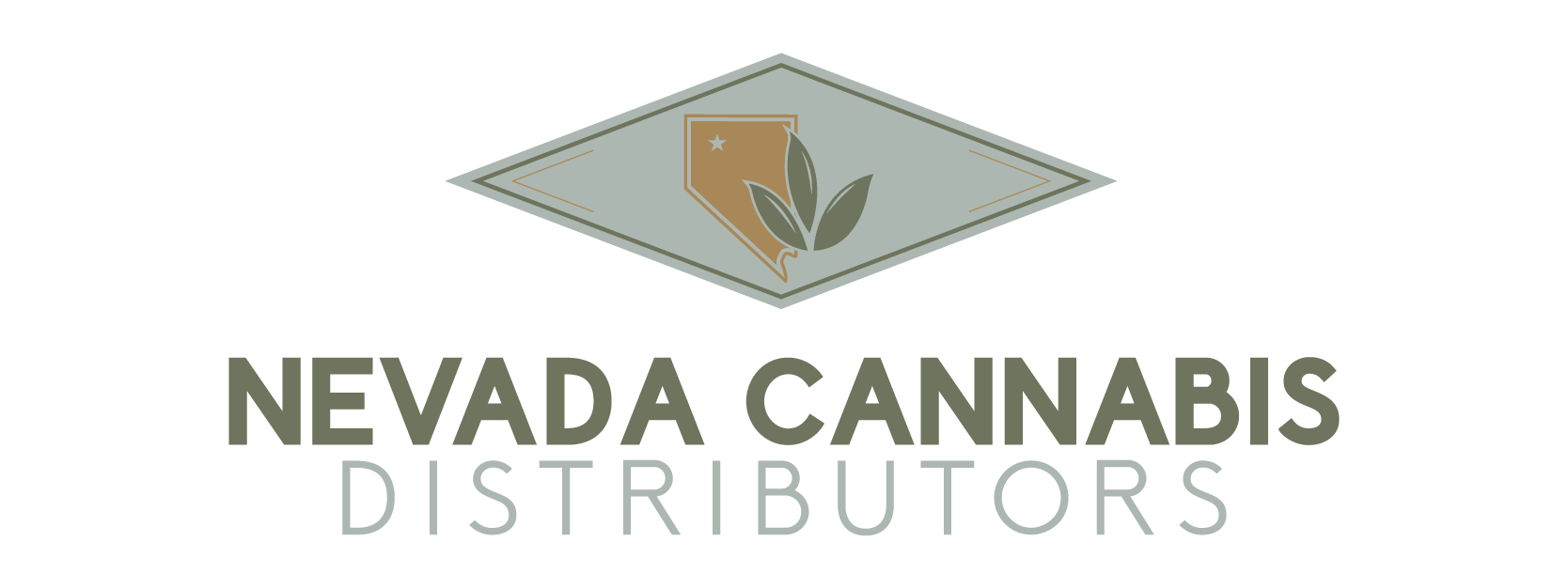As of mid‑2025, the state of Nevada operates 46 licensed cannabis distribution facilities supporting over 103 retail dispensaries and 14 standalone medical stores. The distribution landscape reflects a post‑2021 market cooling: wholesale fees have dropped, profit margins among facilities are narrowing, and some operators blame unchecked illicit market supply as a critical pressure point.
Demand Deficit: Legal Volume Shrinks
Adult‑use and medical dispensary taxable retail revenues dipped from a high of roughly $965 M in FY2022 to about $829 M in FY2024. Monthly legal sales totaled approximately $69 M–$73 M in mid‑2025, standing 16 % lower than June 2024 and down nearly 17 % in units sold year-over-year. This sustained contraction, across both price and volume, signals a demand slowdown that disrupts the underwriting of distribution infrastructure.
Oversupply: Too Many Facilities?
Data suggests that while dispensaries are heavily concentrated, rural areas remain lesser-served. Consequently, distributors and cultivators are producing more than legal outlets can absorb—leading to downward price pressure. Nevada’s wholesale spot price trend mirrors California’s, where a sustained oversupply prompted double-digit wholesale price drops over two years.
Illicit Competition
Estimates suggest the illicit market in Nevada generates $242–370 M annually—equating to 25–33 % of total cannabis sales. Legal distributors are taxed heavily (10 % excise, 15 % wholesale, plus sales taxes), pushing consumers toward cheaper black‑market options. Distributors face dual pressure: shrinking legal demand and flourishing illicit supply.
Room for Growth: Where and How?
Despite national slowed growth, the 2024 Cannabis Policy Institute report outlines several growth strategies for Nevada: expanding access in rural zones, boosting tourism-linked cannabis sales, piloting delivery services, and pushing consumption‑lounge uptake. Regulatory innovations, including relaxed possession limits (up to 2.5 oz since Jan 2024) and integrated medical–recreational licensing, aim to broaden the customer base.
UNLV’s 2024 analysis additionally highlights state‑by‑state divergence: Nevada lags in per‑capita retail sales compared to New York or Ohio, suggesting room for capture if illicit channels are curtailed.
Strategic Recommendations
- Target Underserved Regions: Develop “last‑mile” distribution and brick‑and‑mortar presence in rural Nevada.
- Bolster Delivery & Lounge Services: Such channels could open new demand pockets.
- Impose Strategic Pricing / Tax Adjustments: To make legal options economically competitive with illicit alternatives.
- Public Education & Enforcement: Highlight legal market safety, quality controls, and invest in enforcement against illicit suppliers.
In Review
Nevada’s cannabis distribution landscape currently reflects signs of oversaturation, after years of aggressive expansion. However, structural shifts—especially in geography, regulation, and enforcement—could unlock new opportunities. Whether the industry adjusts wisely may define the thin, often blurred line between market contraction and staged, strategic expansion.
Other Distribution News: U.S. Cannabis Distribution Landscape Evolves Amid Regulatory Shifts and Market Expansion in Early 2025
